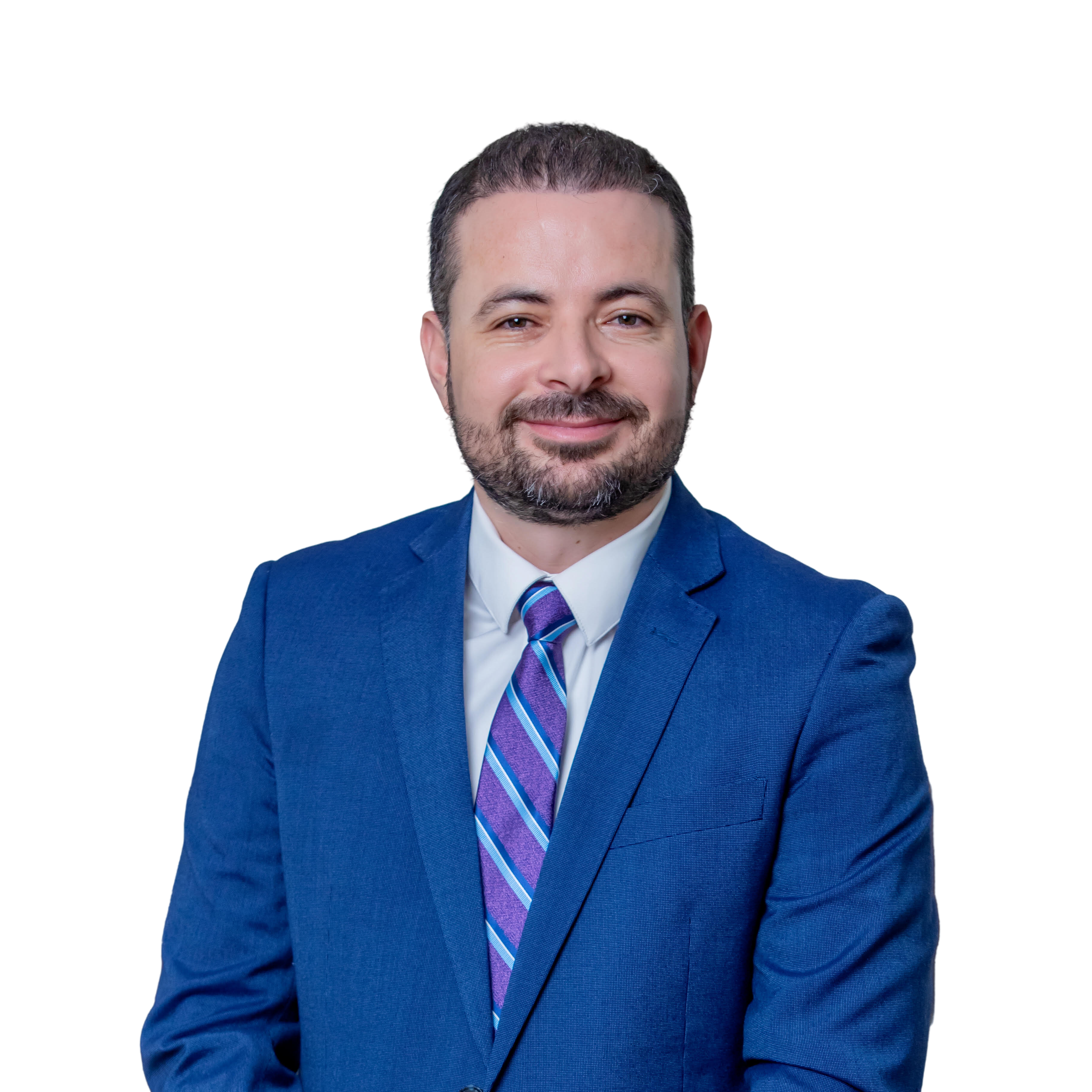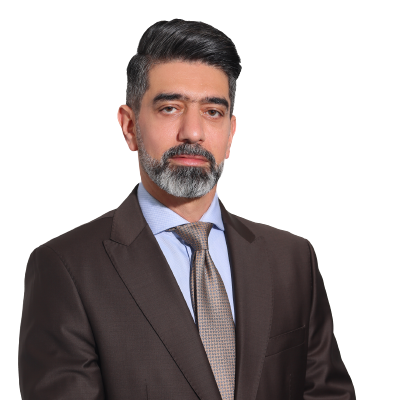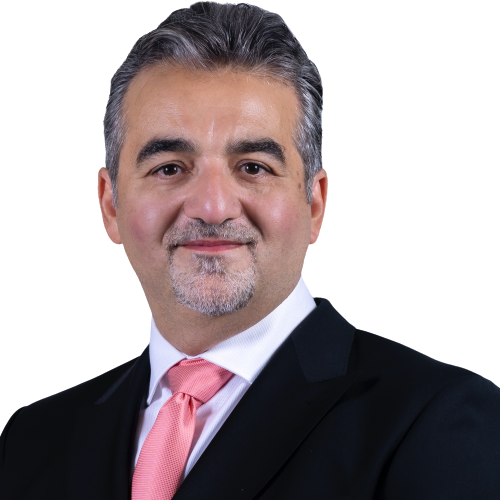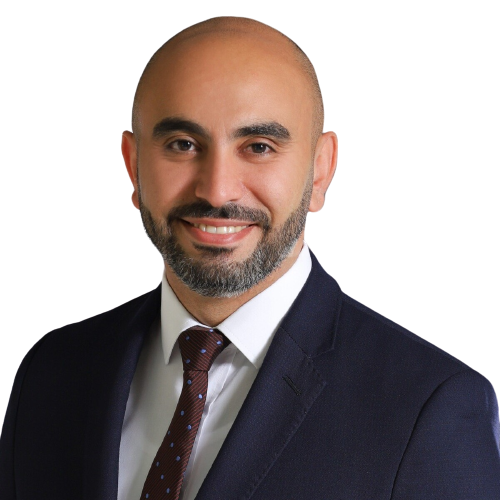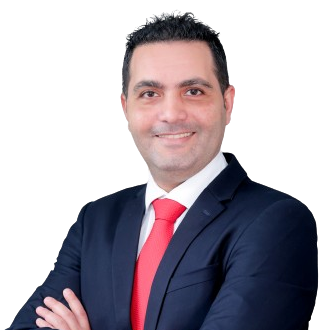Golfer's Elbow: Causes, Symptoms, Diagnosis & Treatment
Written By: Dr. Mohamed Ghanem
Updated On:January 26, 2025
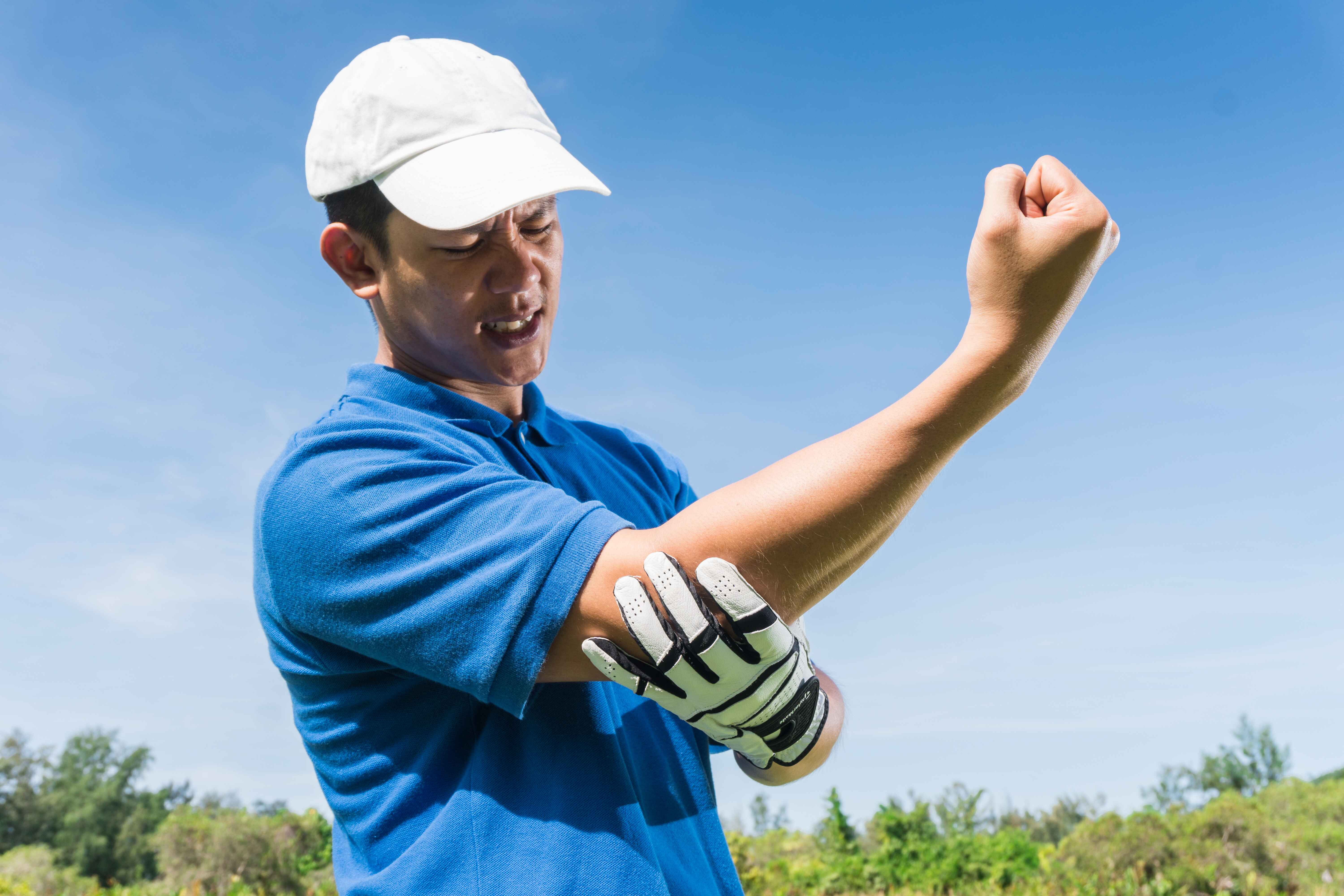
What is Golfer's Elbow?
Golfer's elbow, sometimes referred to as medial epicondylitis, is a kind of tendonitis that hurts and inflames the tendons that run from your forearm to your elbow. Tiny rips form in your tendons when you use your wrist and arm to bend, grip, or twist items frequently. These tears can cause discomfort in your wrist, elbow, and forearm.
Causes of Golfer's Elbow
When you use your wrist and arm to bend, grip, or twist objects frequently, you might develop golfer's elbow (medial epicondylitis). Tiny rips that form over time in the tendons that link your forearm and elbow can hurt your wrist, elbow, and forearm.
Symptoms of Golfer's Elbow
The symptoms of golfer's elbow might take weeks or months to appear. Your inner elbow may first experience discomfort, which may be greater in the morning. Other signs include:
- Pain and discomfort. The pain is often felt on the inside of your elbow, although it can occasionally go down the inside of your forearm. Usually, the pain gets worse when you move.
- Stiffness. It could hurt to make a fist, and your elbow might feel stiff.
- Weakness. Your hands and wrists can be weakened.
- Tingling or numbness. One or more of these feelings may spread to the fingers, generally the ring and little fingers.
- Golfer's elbow discomfort may start up slowly or suddenly. With some motions, like swinging a golf club, the discomfort could get worse.
When to see a doctor for Golfer's Elbow?
If your problems persist even after resting your arm and receiving physical therapy, speak with your doctor.
Usually, golfer's elbow does not necessitate a trip to the emergency department. However, your symptoms might indicate a more serious issue. Get quick help or visit the emergency department if:
- Your elbow appears to be crooked.
- You have a fever and a hot or irritated elbow.
- You believe you have fractured a bone.
Golfer's Elbow Risk Factors
The likelihood of getting golfer's elbow might rise if you do the following:
- Spend two hours a day on monotonous tasks
- Smoke
- Have a poor diet
Golfer's Elbow Complications
Persistent discomfort is the most typical consequence of medial epicondylitis. Patients may experience carpal tunnel syndrome, lateral epicondylitis, or rotator cuff tendinitis, in addition to ulnar neuropathy, ulnar collateral ligament damage, and other related diseases.
Golfer's Elbow Diagnosis
Your doctor will inquire about the activities that you have done or have been doing to cause damage. They'll also check your arm to see if there are any motions that hurt. Additional testing might consist of:
- Magnetic resonance imaging
- Ultrasound
- CT scans, or computed tomography
- Bone imaging
Golfer's Elbow Treatment
Give your arm a rest beforehand. Before returning to daily activities that strain your arm, such as playing sports, doctors advise you to rest your arm for at least six weeks.
Other therapies include:
- Applying ice to the forearm
- Using painkillers to reduce inflammation
- Putting on a forearm brace
- Putting on a night brace
- Visiting a physical therapist
Additional treatments may be necessary if the golfer's elbow (medial epicondylitis) discomfort is persistent. These treatments include the following:
- Shots of corticosteroids
- Prolotherapy. Your arm will be injected with a natural irritant by medical professionals to speed up your body's healing process.
- Injection of platelet-rich plasma (PRP)
Rarely is surgery required. However, surgery may be a possibility if your indications and symptoms don't improve after six to 12 months of conservative therapy. The TENEX technique is a novel method that incorporates the ultrasound-guided, minimally invasive excision of scar tissue in the area of the tendon discomfort.
Golfer's Elbow Prevention
If you already have a golfer's elbow from playing sports, paying close attention to your wrist and forearm during warm-ups will help you avoid further injury. Additionally, you may attempt to modify your sporting supplies and strategy.
For instance, if you play tennis, you might want to experiment with a wider grip or looser racquet strings. If you take tennis lessons, discuss with your instructor how to strengthen your serve and forehand to reduce the strain on your forearm.
Wearing a brace may be helpful if you get a golfer's elbow at work by providing your wrist with extra support so your tendons can mend. Additionally, you can consider scheduling pauses when you can stretch gently or simply rest your arm.
With rest, ice, and painkillers, the majority of individuals will recover. Even if you take it easy and follow directions for exercising your arm, depending on the severity of your disease, the discomfort may last for months or even years. Sometimes the discomfort comes back or gets worse. Hence, medical attention is necessary.
References
Amin, N. H., Kumar, N. S., & Schickendantz, M. S. (2015). Medial epicondylitis: evaluation and management. JAAOS-Journal of the American Academy of Orthopaedic Surgeons, 23(6), 348-355.
Ciccotti, M. G., & Ramani, M. N. (2003). Medial epicondylitis. Sports Medicine and Arthroscopy Review, 11(1), 57-62.
Dingemanse, R., Randsdorp, M., Koes, B. W., & Huisstede, B. M. (2014). Evidence for the effectiveness of electrophysical modalities for treatment of medial and lateral epicondylitis: a systematic review. British journal of sports medicine, 48(12), 957-965.
Kwapisz, A., Prabhakar, S., Compagnoni, R., Sibilska, A., & Randelli, P. (2018). Platelet-rich plasma for elbow pathologies: a descriptive review of current literature. Current Reviews in Musculoskeletal Medicine, 11, 598-606.
Shiri, R., & Viikari-Juntura, E. (2011). Lateral and medial epicondylitis: role of occupational factors. Best practice & research Clinical rheumatology, 25(1), 43-57.
Meet our doctors from the Orthopaedics department


















